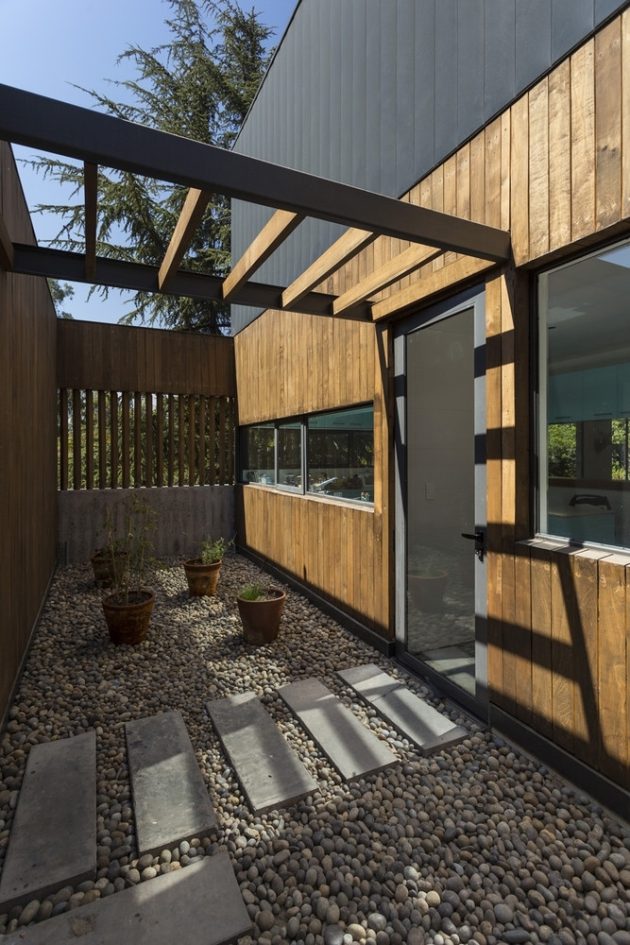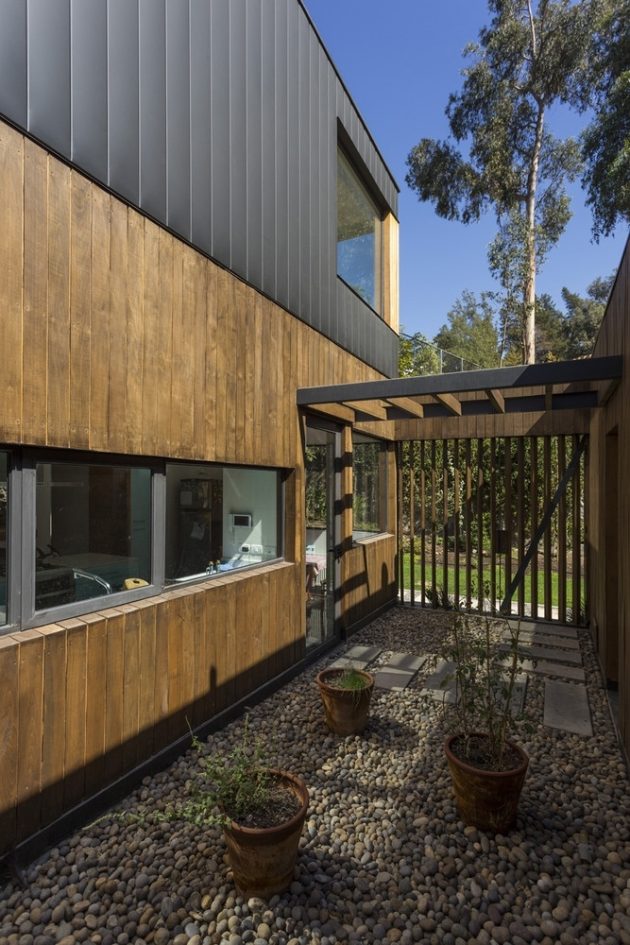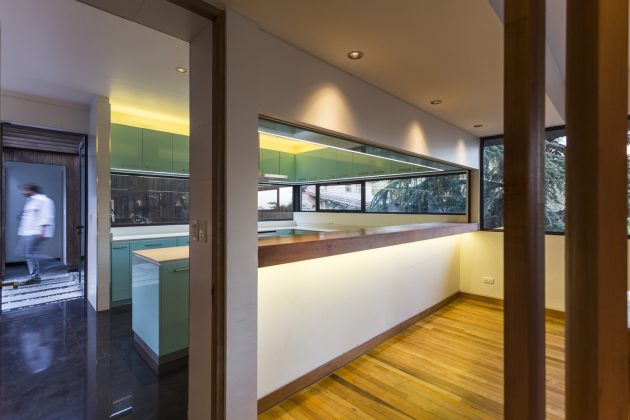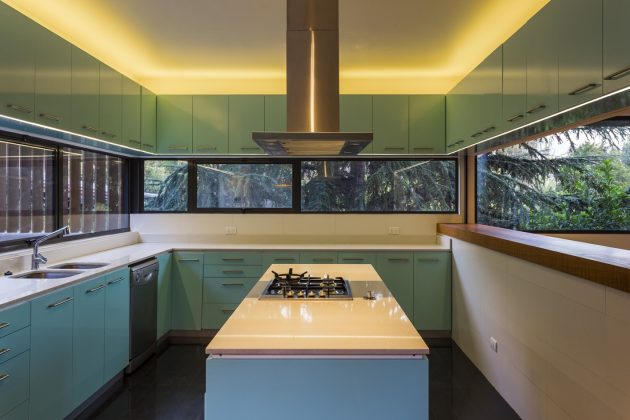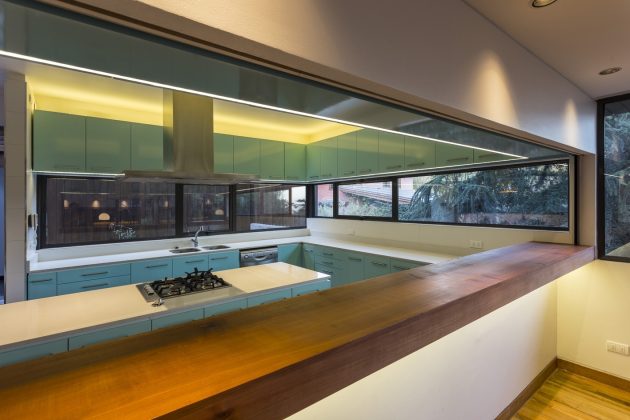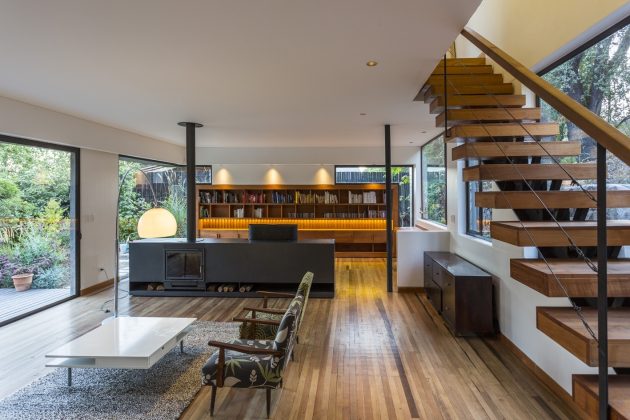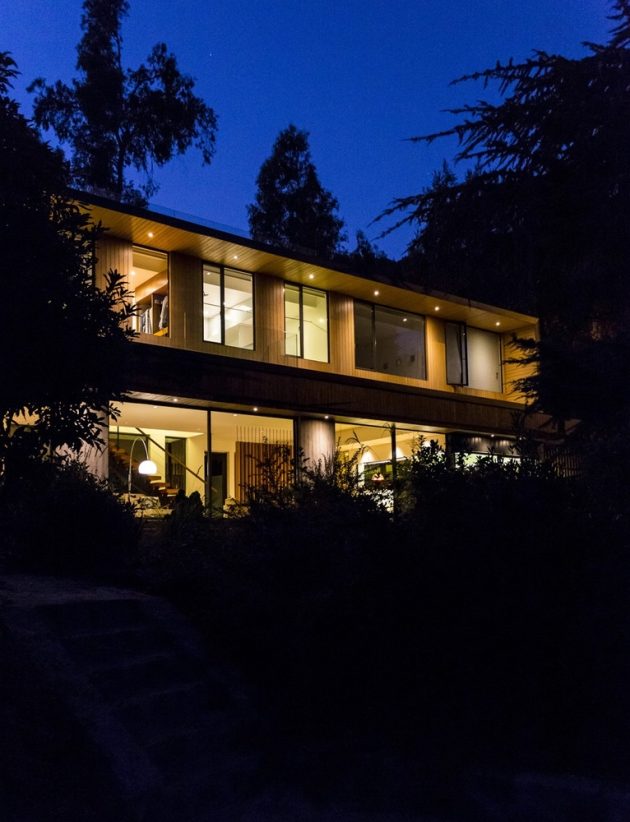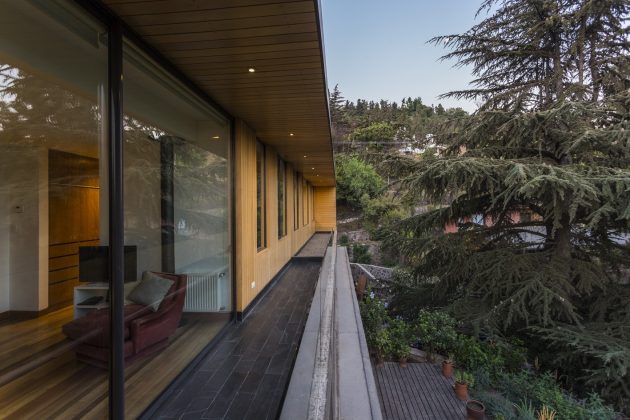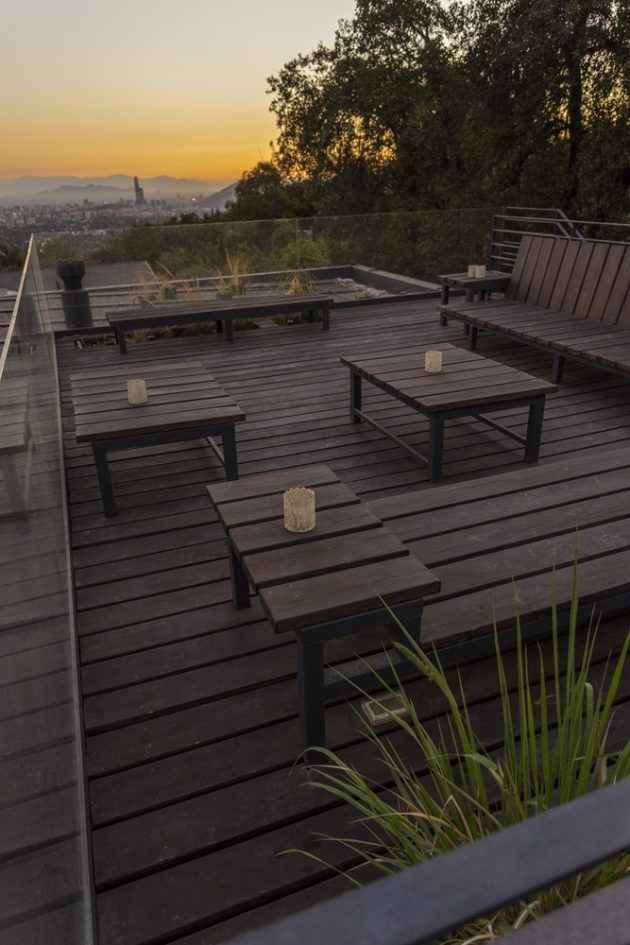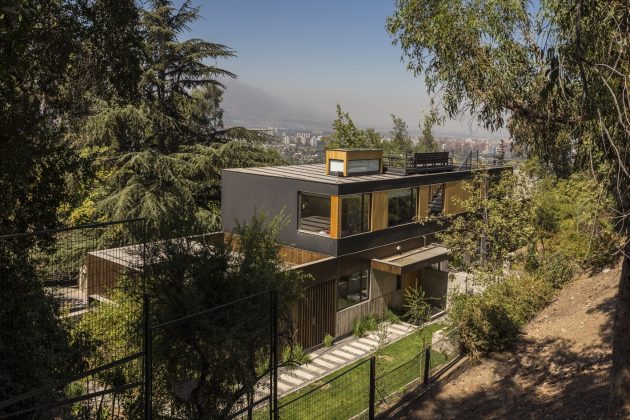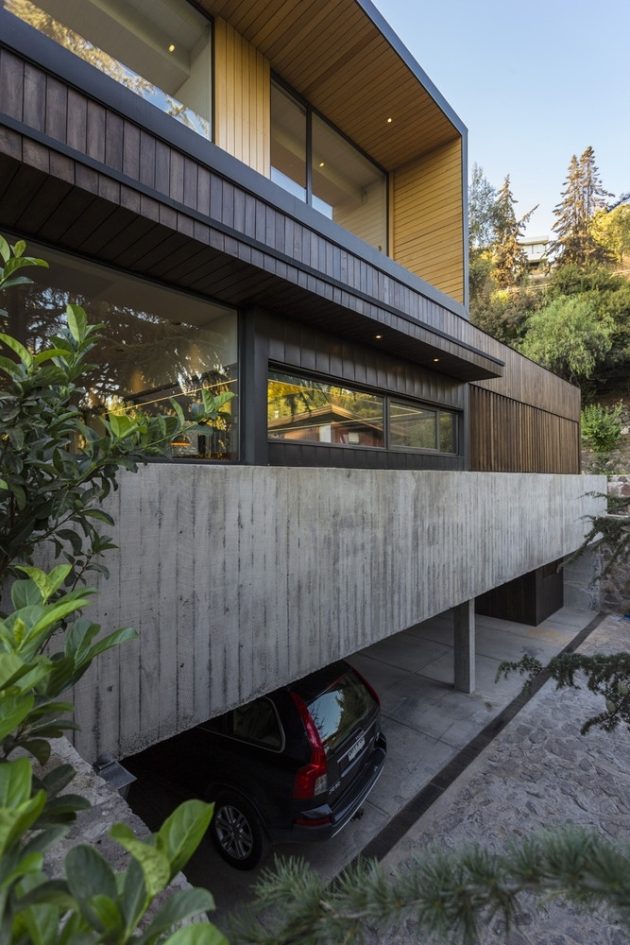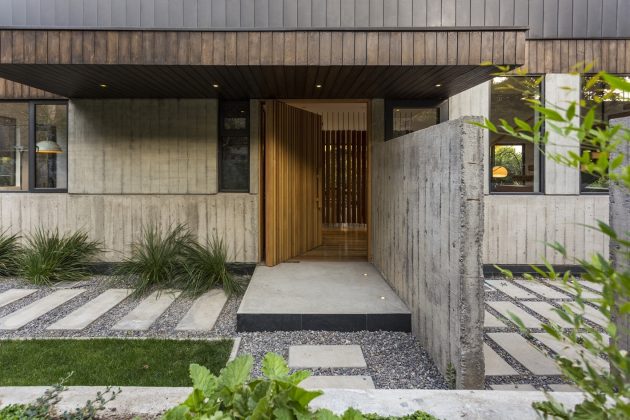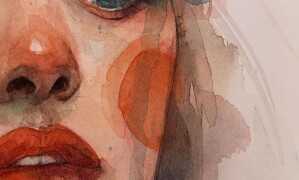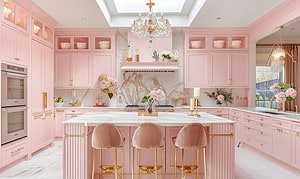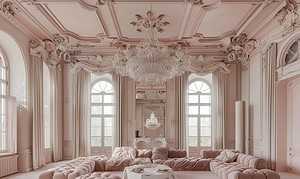Project: Lo Curro House
Architects: Nicolas Loi
Location: Santiago, Chile
Area: 2,690 sf
Photographs by: Marcos Mendizabal
Lo Curro House by Nicolas Loi
The Lo Curro House, designed by architect Nicolas Loi, is located in a residential area of Santiago, Chile with great views of the city. The ground level of the house is a continuous space that includes the family area, living room, dining room, kitchen and an interior courtyard, while the bedrooms are located on the first floor and a rooftop terrace on the top of the house.
The design focuses on the simplicity of the shape, with a rectangle as the main form, and emphasizes the use of different materials such as concrete, wood, and metal cladding to add expression to the design. The goal is to achieve an equilibrium between the abstract and the natural, using simple and abstract geometry but building it with gentle materials that connect with its users.
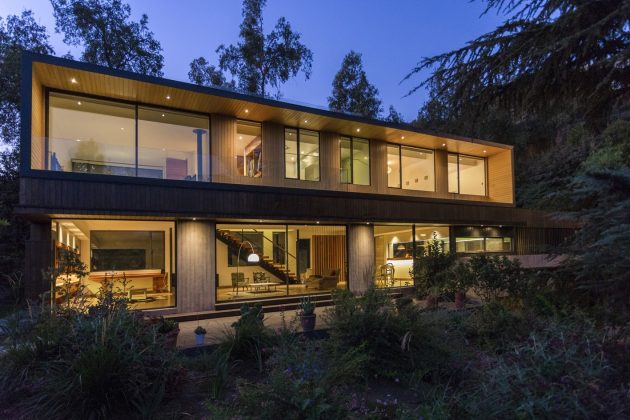
The house is located in Lo Curro, a residential area of Santiago, Chile. The area has some hills and forest, with a great view of the city of Santiago. The design strategy is based on a 7 x 25 meter rectangle, located over an existing parking space.
The ground level of the house is a continuous space than contains the family area, living room, dining room, kitchen and an interior courtyard. The bedrooms are located in the first floor, and there is a rooftop terrace on the top of the house.
The design tries to be the most simple possible in its shape – a rectangle-, and aims to put the design stress in the construction and materials. Several materials are used: concrete, wood, metal cladding, etc., in order to give intent and expression to the design.
The design aims to achieve an equilibrium between the abstract and the natural; to use the most simple and abstract geometry but to build it with gentle materials that make a connection with its users.
There is also an intent to emphasize the basic geometry of the house represented by 3 axis: Vertical, horizontal and the depth, as the natural position of the human being in the nature, (the vertical position of the human body, the horizontal horizon, and the depth of walking), with the nature, represented by the use of rustic materials, in order to achieve the balance between abstract construction and natural environment.
